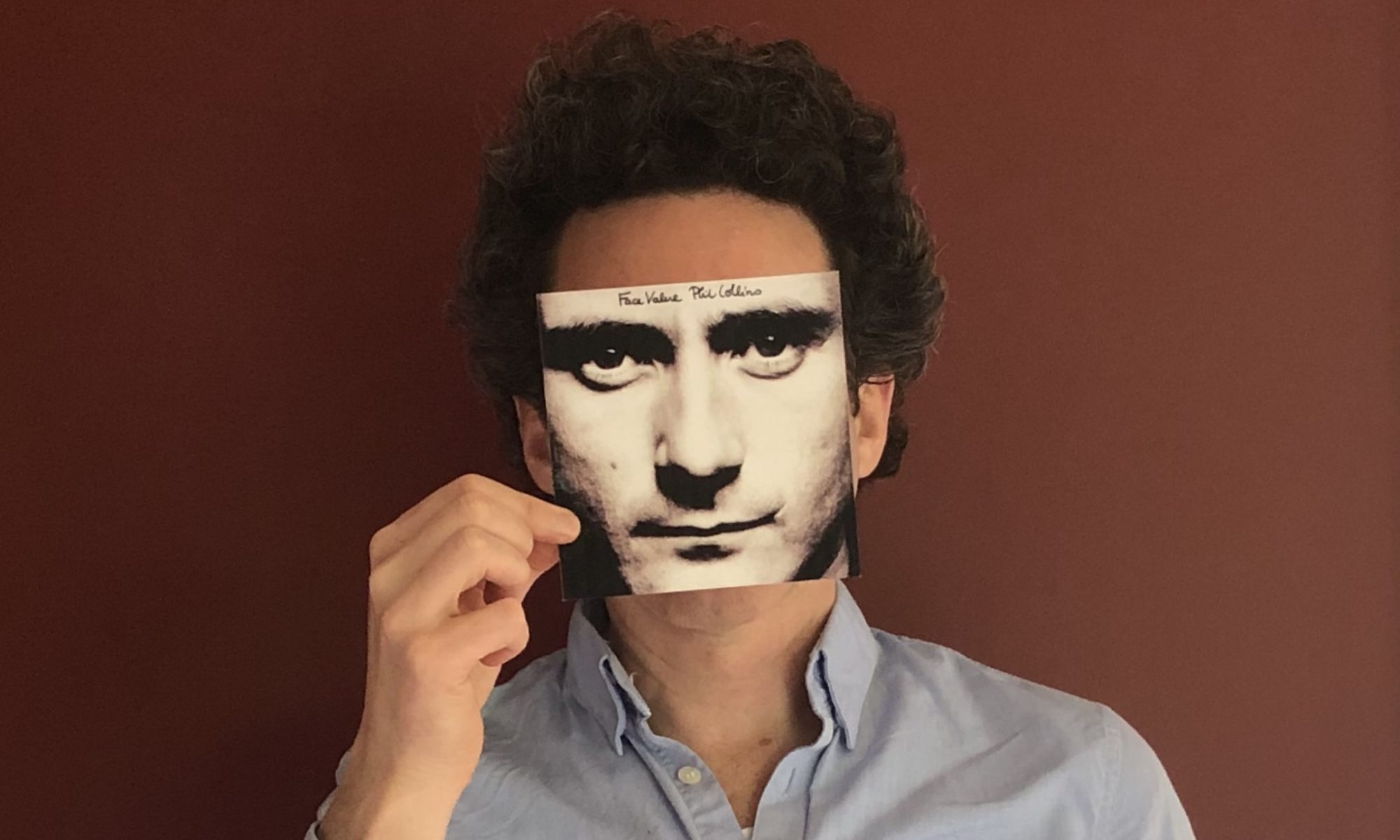Bing Crosby bankrolled magnetic tape to rescue his golf game. It bought him flexibility and kept work and play separate. The tape lived in the studio. Tapes ran from reel to cumbersome reel and the machines that played them needed a floor or table as support. Tape wasn’t portable.
In the 1950s, listeners could choose what they listened to at home but not on their commute, so tape started to shrink down. William Powell Lear — the Lear Jet guy — launched the 8-track cassette in 1964. “Tracks” here didn’t mean songs. The tape ran in a continuous loop for 80 minutes so each cassette could hold the best part of a double-album. The 8 were individual tracks, living side-by-side along the length of the tape, like swim lanes. Each track held a different set of sounds, but they traveled together so stayed in sync. Mono, stereo, quadraphonic, then 8-track. Doubling the tracks made the sound more layered and more able to offer a sense of space.
The 8-track was kind of portable. In the 1976 remake of A Star is Born, Kris Kristofferson, Barbra Streisand’s drunken, has-been rock star husband, puts a paperback-sized cassette on in the car just before he wipes out on a country road. The 8-track was car-portable.
The next shrink down was the big one. Or the small one. And it was the fruit of a very concrete design decision that Lou Ottens made.
Boil it down.
In the early 1960s, Lou Ottens worked at Philips HQ in the Netherlands, wore a sports coat to work, and carried a small block of wood which fit perfectly in his breast pocket. That was his design goal. If he couldn’t shrink the audio cassette to pocket-sized, he had failed.
“Small equals portability, low energy consumption and low cost. Those three features are very attractive to the customer,” Ottens said. Other decisions followed. The cassette would live in a plastic container to stop it spilling out (he gets at best a C grade from anyone who has ever had to dig a chewed tape out of a tape player). The player would read only the top half of the tape so when the cassette was turned over the bottom half became the top half, stretching running time to 120 minutes. And of course it had to sound good enough. But really it all boiled down to size. He carried his product design around in his pocket every day.
The final compact cassette was very portable; its players — including Philips’ first, the EL 3300 — less so. They had handles, they could sit on or hang off shoulders, but they were the size of a school satchel or handbag. They still mostly lived at home, until Sony wrapped a shrunken player around the cassette and bundled it with headphones. The mechanism didn’t fit in Ottens’ pocket, but it was small and light enough to hang off a belt loop and with a bit more design work it would eventually squeeze into a slightly bigger pocket. But hanging off a hip was portable enough.
Label it clearly.
Sony launched the WALKMAN (ウォークマン) in 1979. The product was brilliant. But the branding. The branding was tight. Punchy. As good as the wooden block. One word tells you how it’s different and what it can do for you. But it took a moment to get there. It was always WALKMAN at home in Japan, but it launched as Sound-about in the US and Stowaway in the UK. But eventually Sony rallied behind Walkman everywhere and made it such a blockbuster that Austria’s Supreme Court ruled in 2002 that the name belonged to the category. The product’s success had committed “genericide” on its own brand. The name was simple and incredibly successful.

Let it fly.
The WALKMAN helped the compact cassette outsell vinyl in 1983 but Lou Ottens had already moved on to the Compact Disc, which Philips launched together with Sony in 1982. Otten’s second format outsold his first in 1991. Ottens and Philips weren’t afraid to disrupt themselves. “The cassette is history,” Ottens admitted. “I like it when something new comes along.” They also weren’t afraid to give up control. Philips offered the patents and design for the cassette to other manufacturers license-free. Louis Daguerre and the French government did the same with early photography. Some inventors just need to let their ideas run off the leash. Philips would battle to make its music players the best on the market, but the format wasn’t the fight. Philips hasn’t always thrived — it lost $2 billion in 1990 — but it made history twice because Ottens insisted that his inventions be set free.
If a new product can be boiled down to one simple principle, and the brand to one word that carries the weight of it all, and if its format is free to become a standard, perhaps it might rival 220 million Walkmen and 100 billion cassettes sold.
You won’t see Lou Ottens’ wooden pocket block in any of the world’s great design museums. Neither the V+A in London nor MoMA in New York has it; not even the Philips Museum in Eindhoven has it. It was lost after Ottens used it to prop up a carjack while he changed a flat tire.
